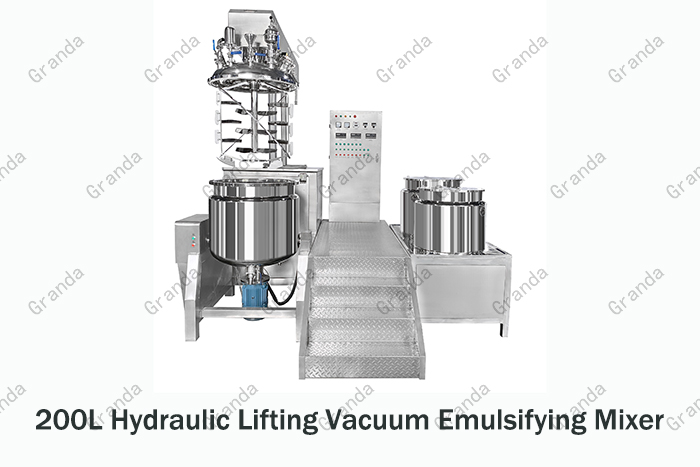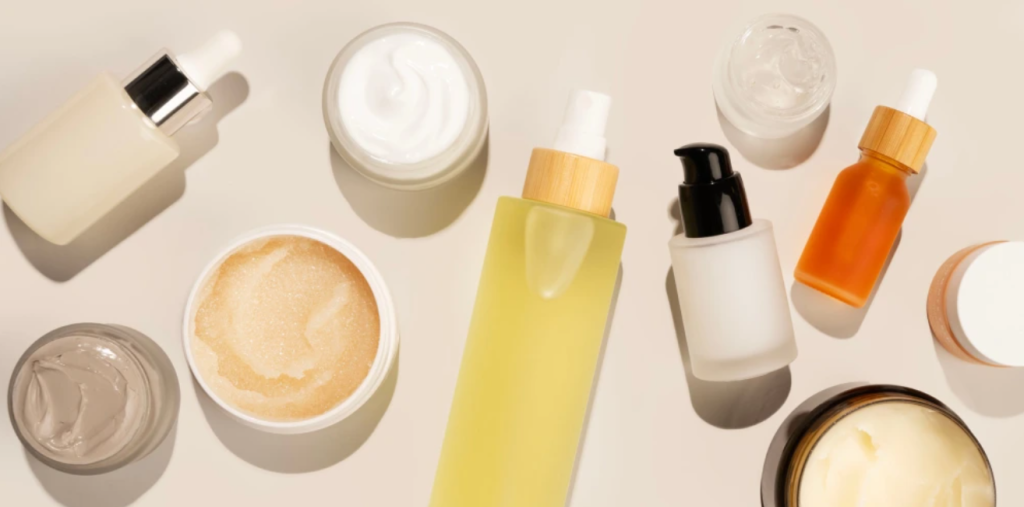Emulsifiers are indispensable tools in modern manufacturing, particularly in industries like cosmetics, food, and pharmaceuticals. These devices play a pivotal role in creating stable emulsions—mixtures of immiscible liquids such as oil and water. By leveraging advanced mechanical principles, emulsifiers ensure uniform dispersion, texture refinement, and product consistency. Let’s delve into their working mechanisms, key components, and diverse applications.

How Emulsifiers Work
At their core, emulsifiers rely on high-speed mechanical action to break down and blend substances. A typical emulsifier consists of a rotor-stator system driven by a powerful motor. As the rotor spins at speeds of up to 40 meters per second, it generates intense shear forces within the narrow gap between the rotor and stator. This process subjects the material to:
- Hydrodynamic Shearing: Breaking down large particles into micro-sized droplets.
- Turbulent Mixing: Ensuring uniform distribution of components.
- Cavitation: Creating vacuum bubbles that implode, further disrupting molecular structures.
The result? A stable emulsion where oil and water remain blended, even over extended periods.
Key Components of Emulsifiers
Modern emulsifiers are engineered with precision to meet specific industry needs. Key components include:
- Rotor-Stator System: The heart of the machine, designed with teeth configurations (e.g., fine, ultra-fine) to control shear intensity.
- Vacuum System: Essential for vacuum homogenizer mixers, which remove air bubbles and enhance product smoothness, critical in cosmetics like creams and lotions.
- Temperature Control: Jacketed vessels maintain optimal processing temperatures, preserving ingredient integrity.
- PLC Control: Advanced systems for precise speed, time, and pressure adjustments.
Applications Across Industries

- Cosmetics & Personal Care
Emulsifiers are the backbone of cream making machines and cosmetic production lines. They blend water-based and oil-based ingredients to create products like:- Creams and Lotions: Ensuring a smooth texture and consistent absorption.
- Sunscreens: Stabilizing active UV filters in emulsions.
- Shampoos and Conditioners: Balancing surfactants and oils for lather and hydration.
- Food & Beverage
In food processing, emulsifiers prevent separation and improve texture:- Mayonnaise and Salad Dressings: Stabilizing oil-in-water emulsions.
- Ice Cream: Reducing ice crystal formation for a creamy mouthfeel.
- Baked Goods: Enhancing volume and shelf life in bread and cakes.
- Pharmaceuticals
Emulsifiers are used in drug formulations to:- Improve Drug Delivery: Creating stable suspensions for creams and oral liquids.
- Enhance Bioavailability: Ensuring active ingredients are evenly distributed.
- Industrial Applications
- Paints and Coatings: Dispersing pigments for uniform color and consistency.
- Lubricants: Stabilizing oil-water mixtures for machinery protection.
Factors Influencing Emulsion Quality
Several variables determine the effectiveness of emulsifiers:
- Shear Rate: Higher rotor speeds yield smaller droplet sizes.
- Rotor-Stator Gap: Precision-engineered gaps (0.2–0.4mm) optimize shear efficiency.
- Processing Time: Extended cycles improve homogeneity but must balance energy consumption.
- Emulsifier Type: Choosing between natural (e.g., lecithin) or synthetic surfactants based on product requirements.
Innovation in Emulsifier Technology
Advancements in emulsifier design focus on efficiency and sustainability:
- Continuous Flow Systems: Ideal for high-volume production, reducing batch-to-batch variability.
- Energy-Efficient Motors: Lowering operational costs while maintaining performance.
- Smart Controls: IoT-enabled systems for real-time monitoring and process optimization.
Conclusion
Emulsifiers are the unsung heroes behind many everyday products, ensuring they remain stable, functional, and appealing. From the creams we apply to the food we eat, these machines bridge the gap between incompatible substances, driving innovation across industries. As technology evolves, emulsifiers continue to play a vital role in shaping the future of manufacturing—one stable emulsion at a time.
Keywords: emulsifiers, cosmetics, cream making machine, vacuum homogenizer mixer, cosmetic production machine, food processing, pharmaceutical emulsions, shear forces, rotor-stator system, emulsion stability.
By Granda Machinery
The machine supplier cum turnkey project planner, help customers produce faster, cheaper & smarter.
gdmachine@aliyun.com
+8613719498645